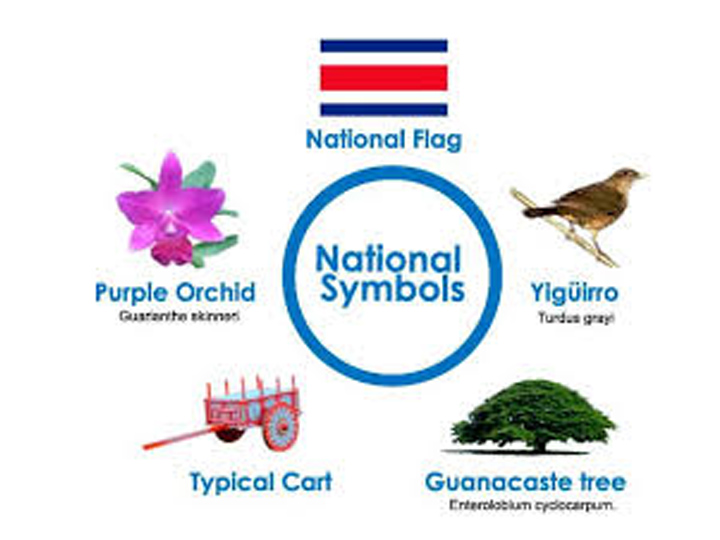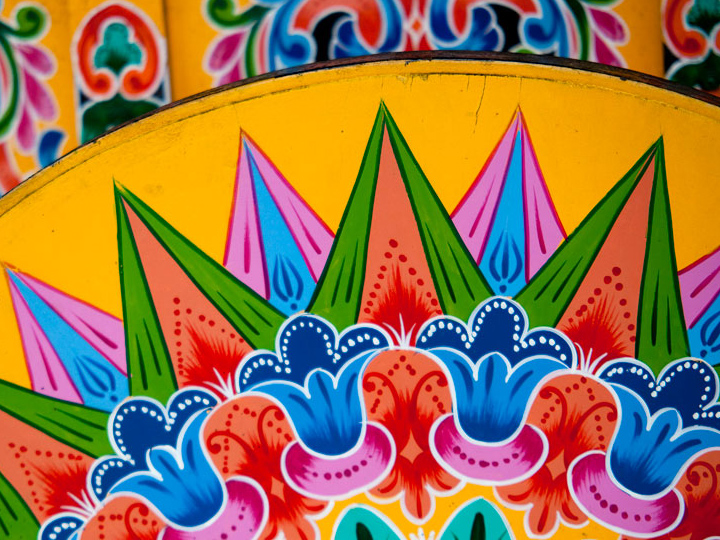
History of Costa Rica
INDEPENDENCE AND EARLY YEARS AS A REPUBLIC
Costa Rica, along with its Central American neighbors, declared its independence from Spain on the 15th of September of 1821. The capital at this stage was Cartago, following the colonial tradition which set the capital in this city in 1574. However, in 1823, the capital city was moved to San Jose. The first head of State, Juan Mora Fernandez, was named shortly after in 1824. Juan Mora Fernandez was considered to have ample experience administration, therefore his tenure ended in 1833. During this time, the first currency house was established and printing was introduced in the country. Juan Manuel Mora Porras later rose to power in 1849, and during his tenure, the country went through great economic and social growth. Mora Porras established an exports system based on coffee. Moreover, the great economic standing of the country allowed for the import of new technologies, the creation of roads and ports, and the construction of important architectural landmarks, such as the National Palace
THE 1980’s
Luis Alberto Monge, the president at the time, created the Perpetual Neutrality Law, in 1984, which stated that Costa Rica would be forever a neutral state aiming to achieve peace without violence at all instances. Once again, the country was making pioneering moves to promote peace in the region and worldwide. Oscar Arias, president from 1986-1990, would intensify this policy, making in the realm of foreign politics the search for peace an imperative, especially in the region of Central America. With the Esquipulas Agreement, mediated by Arias and signed by the five Central American presidents, long lasting and firm peace was brought to the region. Oscar Arias received a Nobel Peace Prize in 1990 as a result of the achievement of peace. In economic matters, the country saw a shift from the system based on agriculture, to one in which high technology companies were welcomed, the promotion of ecotourism was given emphasis, and services were set to be the primary good to offer the world.
REFORMIST STATE
Rafael Angel Calderon Guardia created the University of Costa Rica and the CajaCostarricense del Seguro Social (CCSS), the main public health body in the country until today. The CCSS and the University of Costa Rica were created as a result of the promulgation of the Law of Social Guarantees in the Constitution of the Republic. The law universalized medical services, making all employers legally bound to give insurance to their employees and their families through the CCSS. In addition, the University of Costa Rica was created to give Costa Ricans quality tertiary education. Finally, the Work Code was also a part of these reforms. It established the basic rights of workers, such as a work day of maximum eight hours and right to vacations.It was Figueres Ferrer, president at the time, who, on the 1st of December of 1948, abolished the military in Costa Rica, a historical and pioneering move in the region. His government also gave the right to vote to women and the afro-Caribbean population. Women would vote for the first time in Costa Rica on July 30, 1950, in a local election in the canton of San Carlos. Three years later, another great achievement to the history of women’s suffrage was made: the three first women deputies were elected. On the other hand, Afro-Costa Ricans, descendants either from the black slaves brought by the Spanish colonizers or from the Jamaican immigrants who came as workers at the end of the XIX century, were also given the right to be elected to office and to vote.
COSTA RICA TODAY AND GOING FORWARD
Costa Rica today has a population of around 4.9 million inhabitants. Its people enjoy a literacy rate, of 97.8% (as given by UNESCO) and an average life expectancy of 79.6 years. Its capital is the city of San Jose and the country has an area of 51,100 km2 . Costa Rica’s Human Development Index, an indicator of the education levels, life expectancy, and per capita income of the population, is 0.776, which makes it the fifth most developed country in Latin America (the fourth when this measurement is adjusted to inequality). It enjoys a mostly corrupt-free political landscape, as well as being considered one of the most progressive andstable countries in the continent of America. It distinguishes itself in the environment, freedom of press, personal freedom, security, equality, democracy, social progress, and distribution of wealth indices, among others. The country’s main goal to celebrate its bicentennial in the year 2021 is to become carbon neutral, meaning that the net amount of greenhouse gases sent to the biosphere will be equal to zero. Costa Rica is the pioneer of ecotourism, a way of tourism that respects while incorporating the environment in activities for visitors from abroad and from within the country. It is not surprising that tourism is Costa Rica’s main source of income and hard currency. Costa Rica receives over 1.7 million tourists per year, the majority of whom come from the United States and Canada. Earnings from tourism amount to more than $1.7 billion US dollars per year. It is estimated that up to 80% of all visitors to the country come to do eco-tourism related activities. Ticos, as Costa Ricans are commonly known, enjoyed the highest rate of happiness in 2009, according to the Happy Planet Index. It is not a surprise that “Pura Vida,” “Pure Life” is the motto of the country. Costa Rica is a country proud of its heritage and tradition of avoiding violence and military spending to invest in social development instead. Is the home to many international organizations, such as the Inter-American Court of Human Rights, the University for Peace of the United Nations and the Earth Council, among others.Costa Rica Facts
Population:
4,890,379
(2016)
Total area:
51,100 Km2
GDP per Capita:
US$ 16,920Human Development Index: 0.781 (Fifth Highest in Latin America, fourth when adjusted to Inequality)
Currency:
Costa Rican Colon
Biodiversity:
5% of the world total in .03% of the planet's surface
Protected areas:
25% of the total national territoryHappiness Index of the Sustainable Development Solutions Network: First place in Latin America, number 13 in the world.
Position in the Global Competitiveness Report:
47 of 137 (second best in Latin America)
Included in the list of the
100 best destinations
for Sustainable Tourism of Green Destinations.








